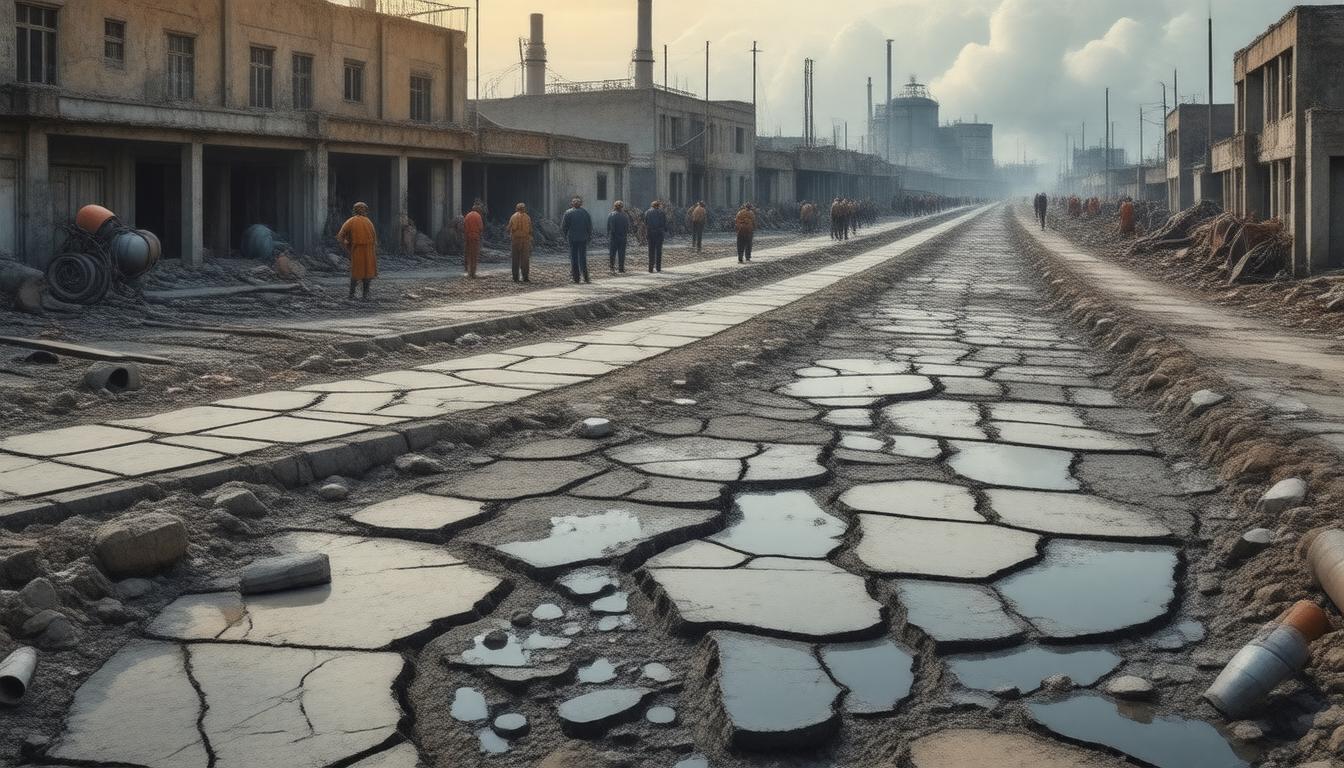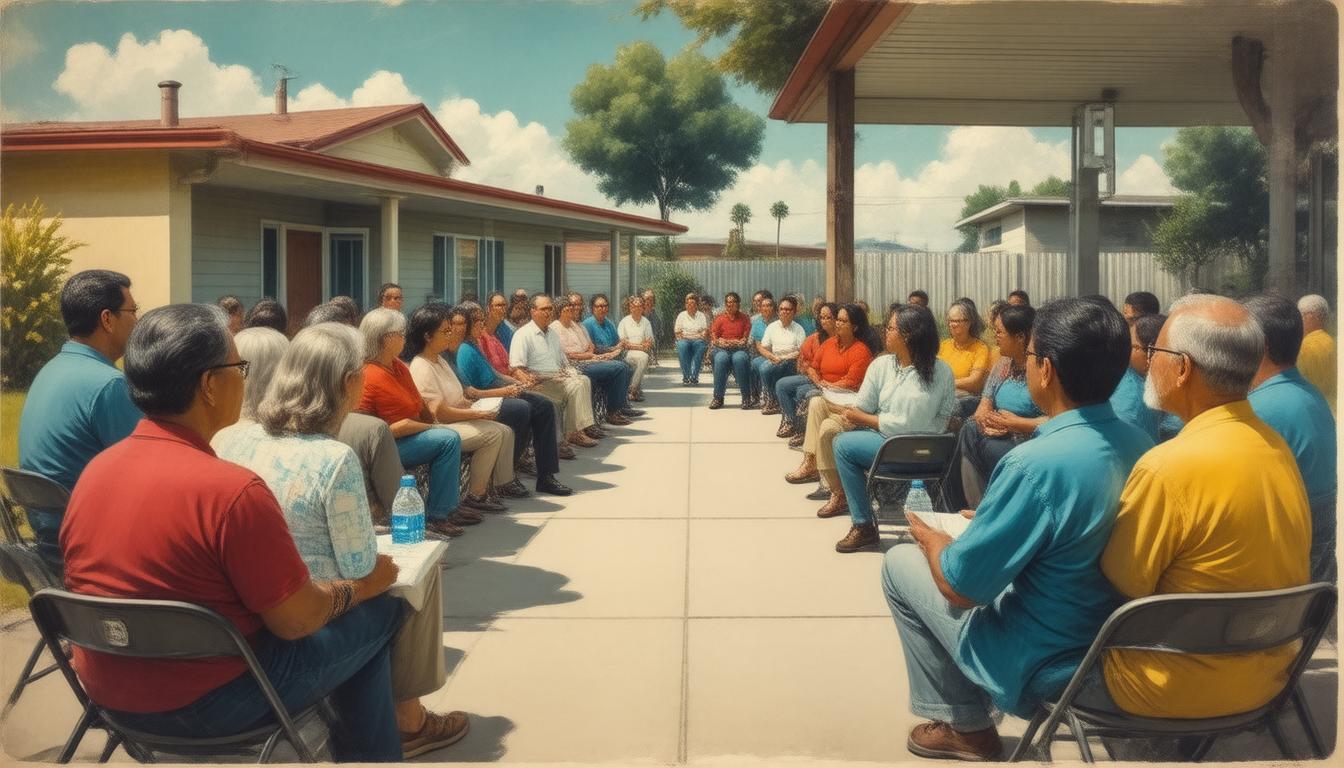
Cured-in-place-pipe (CIPP) technology represents a major leap forward in trenchless repair methods for damaged and deteriorated pipelines. The UV light cured CIPP is an innovative addition to this family of repairs, significantly enhancing the efficiency and sustainability of the pipe rehabilitation process. This method utilizes the power of ultraviolet light to cure the resin in the liner, providing a seamless, jointless pipe within a pipe, minimizing disruption, and ensuring a long-lasting solution to pipeline issues.
How UV Cured CIPP WorksThe process of UV light cured CIPP installation involves several steps that are meticulously executed to ensure the integrity of the repair. Initially, a flexible tube coated with a special resin is inserted into the damaged pipe section. This liner is then inflated against the walls of the existing pipe. Once positioned correctly, ultraviolet lights are guided through the length of the liner. As the lights pass through, they cure the resin rapidly, resulting in a hard, durable new pipe line within the old pipe. This method is highly effective for water lines, as it creates a barrier against leaks and infiltration without significant excavation.
Benefits of UV Light Cured CIPP for Water LinesThe advantages of using UV light cured CIPP for repairing water lines are substantial. One of the most significant benefits is the reduced cure time. UV curing can be completed in a fraction of the time it takes for traditional heat-cured methods, allowing for minimal water service interruptions. Another benefit is the reduced energy consumption, which means a smaller carbon footprint and more environmentally friendly operation. Moreover, the process requires no hot water or steam, eliminating the risk of thermal damage to older pipelines. Additionally, because the resin is cured using UV light, the process does not depend on ambient temperatures, making this solution ideal for all climates.
Quality Control and PrecisionQuality control is crucial in pipe repair and rehabilitation, and UV light cured CIPP excels in this area. The UV curing process is highly controllable and allows for real-time monitoring, ensuring uniformity in the resin cure. Technicians can adjust the speed of the UV light train according to the conditions of the lining process, ensuring a consistent and even cure throughout the repair. This precision translates to a high-quality, durable product that can extend the lifespan of water lines significantly.
Applications and VersatilityUV light cured CIPP is not limited to small-scale repairs; it’s versatile enough to address a wide range of pipeline diameters and materials, making it an ideal solution for municipal, industrial, and residential water line repairs. Whether it’s a small crack in a residential water line or a significant deterioration in a large municipal pipe, UV cured CIPP can be tailored to fit the situation. Furthermore, the technology can work with a variety of pipe materials including cast iron, PVC, concrete, and clay, among others, underscoring its adaptability and wide-ranging application.
The Future of Pipe RehabilitationThe development of UV light cured CIPP is a testament to the innovation occurring in the field of pipe repair and rehabilitation. As infrastructure ages and the demand for less disruptive, more sustainable repair options grows, this technology is well-positioned to meet these challenges. With a strong track record of success and the continuous refinement of the process and materials, UV light cured CIPP is destined to become a staple in the toolbox of plumbers and city maintenance teams, ensuring secure and reliable water lines for the future.
In conclusion, the revolutionary UV light cured CIPP technology offers a quick, efficient, and eco-friendly alternative to traditional pipe repair methods. Its ability to provide high-quality, long-lasting repairs with minimal disruption is making it the preferred choice for many professionals in the industry. As the technology continues to evolve and its applications expand, we can expect to see further adoption and success in the world of pipeline rehabilitation.







